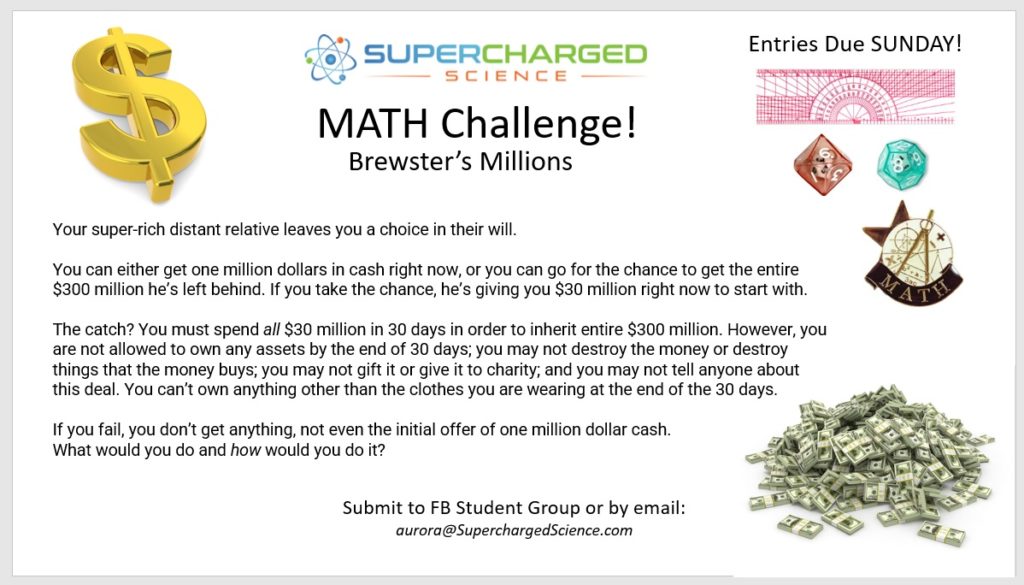[am4show have='p156;p157' guest_error='guest_error_msg' user_error='user_error_msg' ]
Adding & Subtracting Decimals
We're going to continue our adventure by learning about decimals, learn how to use decimals to run a family grocery store, go on a scavenger hunt at the library, discover how to do decimal rounding with big numbers as well as money calculations, explore explosions on the sun and make your own decimal wheel!
Download your Decimals #2 Workbook
To help you with your daily practice, I've put together a set of workbooks. You can use these or your own workbooks as long as it covers decimals. Plan to complete 4-5 pages per day. After you complete the pages, you may check the answer key.
Decimals Workbook #2: Parts 2-4
I've put together a set of videos that will walk you through this workbook, so grab yours and let's work together. Plan to complete 3-4 pages per day. After you complete the pages, you may check the answer key.
Addition & Subtraction with M&Ms
This is a fun way to represent numbers, using different markers for numbers! You can use skittles, M&Ms, beads, or colored bits of paper.
Run a Grocery Store Math Project
Grocery stores have numbers and decimals everywhere! Learn how to make business decisions about hours of operation, stocking shelves with inventory, pricing items, working the cash register managing coupons and sales, and more!
Decimals: Rounding with Dominoes
This is a fun way to practice rounding to the tenths, hundredths, and thousandths place with decimal numbers! Each sheet is a set of dominoes, and there are a LOT of sets, so please watch the video before you start cutting these out!
Decimals Operations Wheel Creative Art Project
As we explore operations with decimals, it might get confusing, so make this fun, colorful wheel to help you keep things straight as you go along!
Library Scavenger Hunt
Explore your local library with this fun math-based field trip!
Each book in the library has a number, and the numbers have meaning. Books about the same topic are grouped together (each book has three digits to the left of the point). The digits to the right of the point can be as many digits as necessary. Here's how:
Imagine you have a book at "123.4" and another book at "123.5" - what do you do if a new book is published that belongs between the two? We add another digit and mark it "123.45" and insert it on the shelf between the first two. So while it looks like a decimal number, those catalog numbers are actually not decimal numbers. It's important to understand this difference!
Advanced Level Math Class
Advanced students will focus on doing calculations as well as working on practical application of decimals. You'll need to have a firm grasp of decimals (operations like adding, subtracting, multiplying dividing) as well as converting between fractions and decimals in order to go through the content covered in the Advanced level.
Math Practice: Estimation, Rounding & Money
This week we're going to practice estimating, working with money, counting back change, and rounding to different decimal places so when we get to our business math section, you'll have these skills easily handled.
Astronomy Labs
Math Challenge
Each session, I have a special Math Challenge for you to work on after you work through some of the content in this area of math. The goal for these special math challenges is for you to be able to communicate your great ideas with your family and friends, without them being in a math class or having any knowledge of a specific area of math. You should be able to convey your great ideas to most people that are interested in hearing what you have to share. Many families find this part of the math program exciting for them to participate in with their student!

Solution to Decimals Week #2 Math Challenge
You need to think creatively!
Why is there a delay before each one moves? You can make one of these yourself out of a glass of water and a sealed sand timer. If your glass of water isn’t sealed, you can just flip the timer at the top to simulate turning the whole thing over.
ANSWER: When the sand is at the top of the hourglass, it has a higher CG and tips to the side, which results in friction against the side of the cylinder which is just enough to keep it at the bottom of the water tube. After enough sand flows to the bottom of the timer, the CG shifts and the timer no longer rests against the side of the tube, so it will rise.
If the hourglass is a tiny bit heavier than the water it displaces, it will operate in reverse. The two timers in this video are not identical. The heavier one will normally rest at the bottom and when you flip the whole unit over, it stays at the top, and only sinks after a transfer of sand has eliminated the friction.

